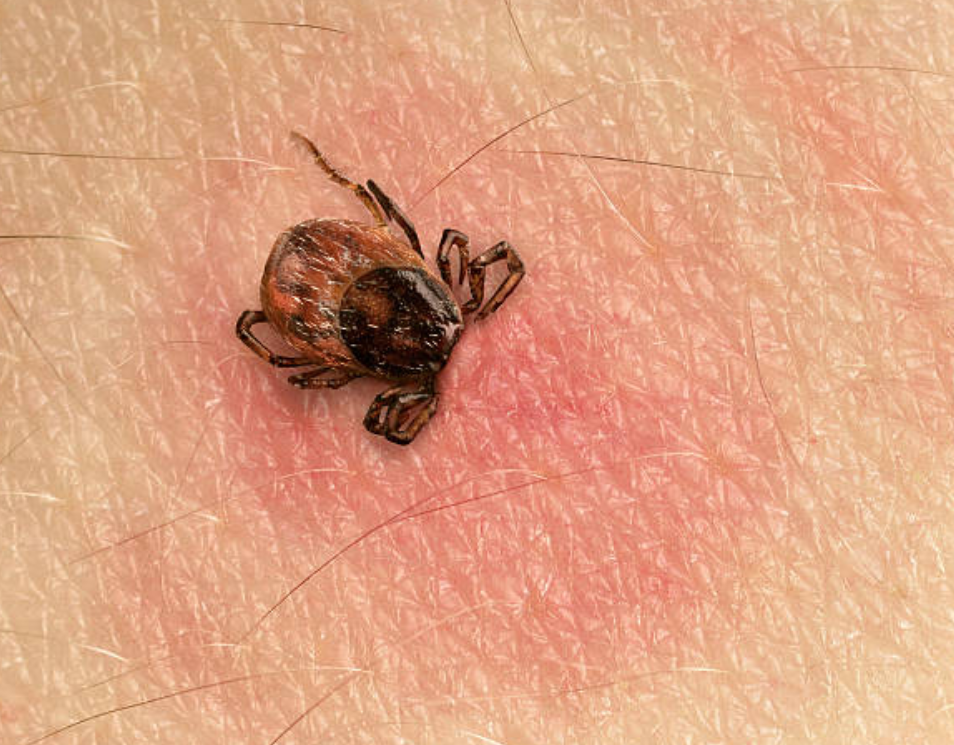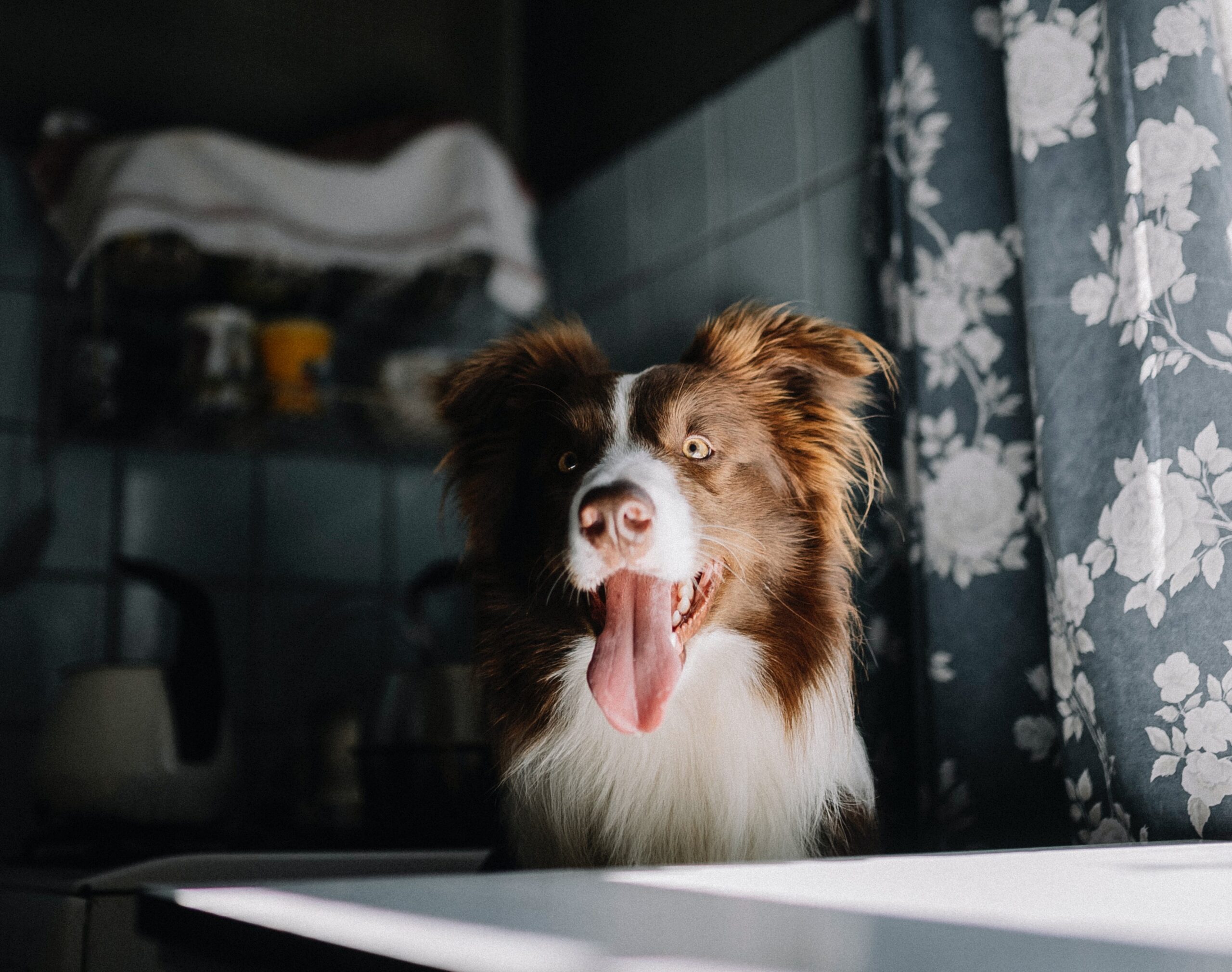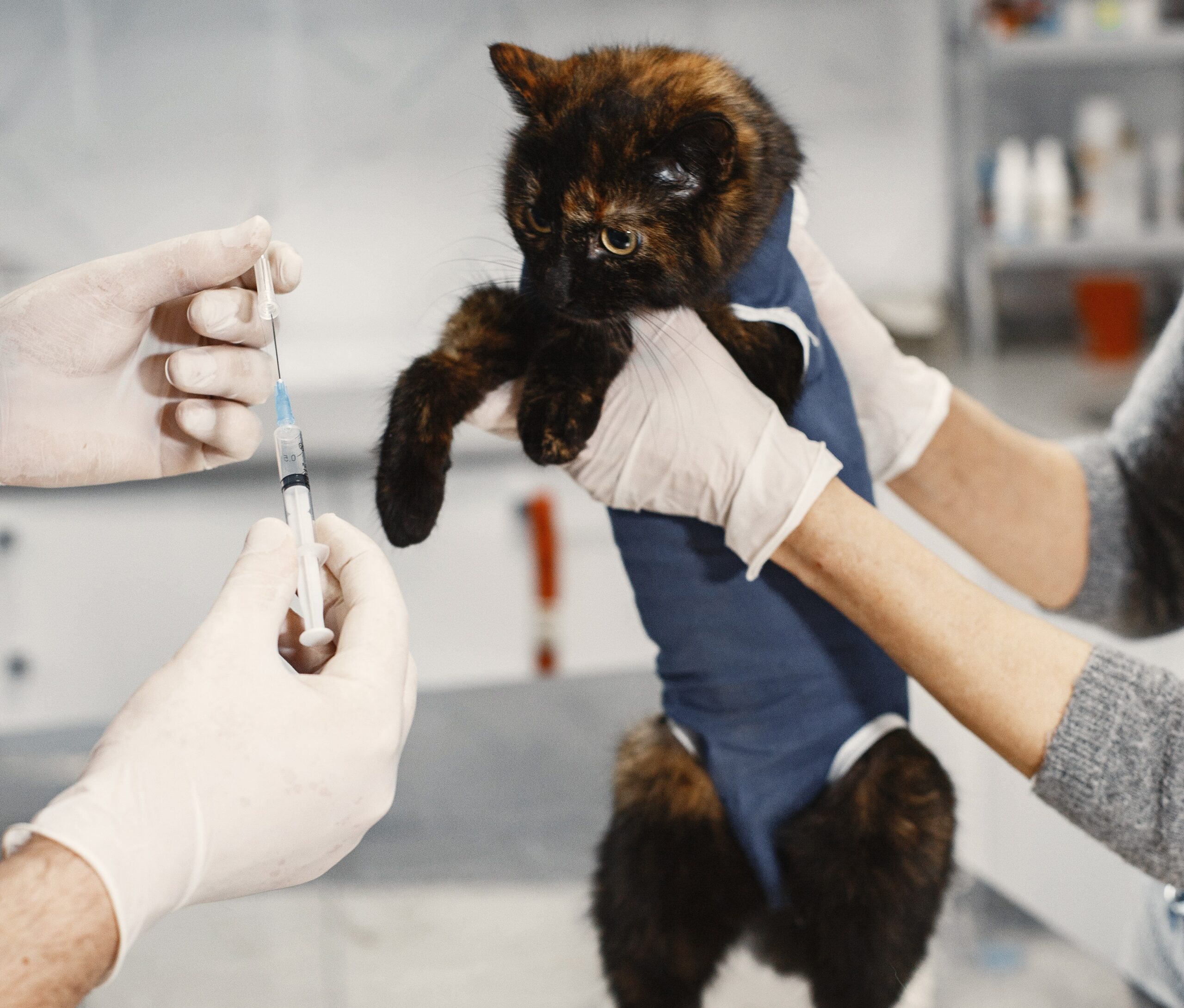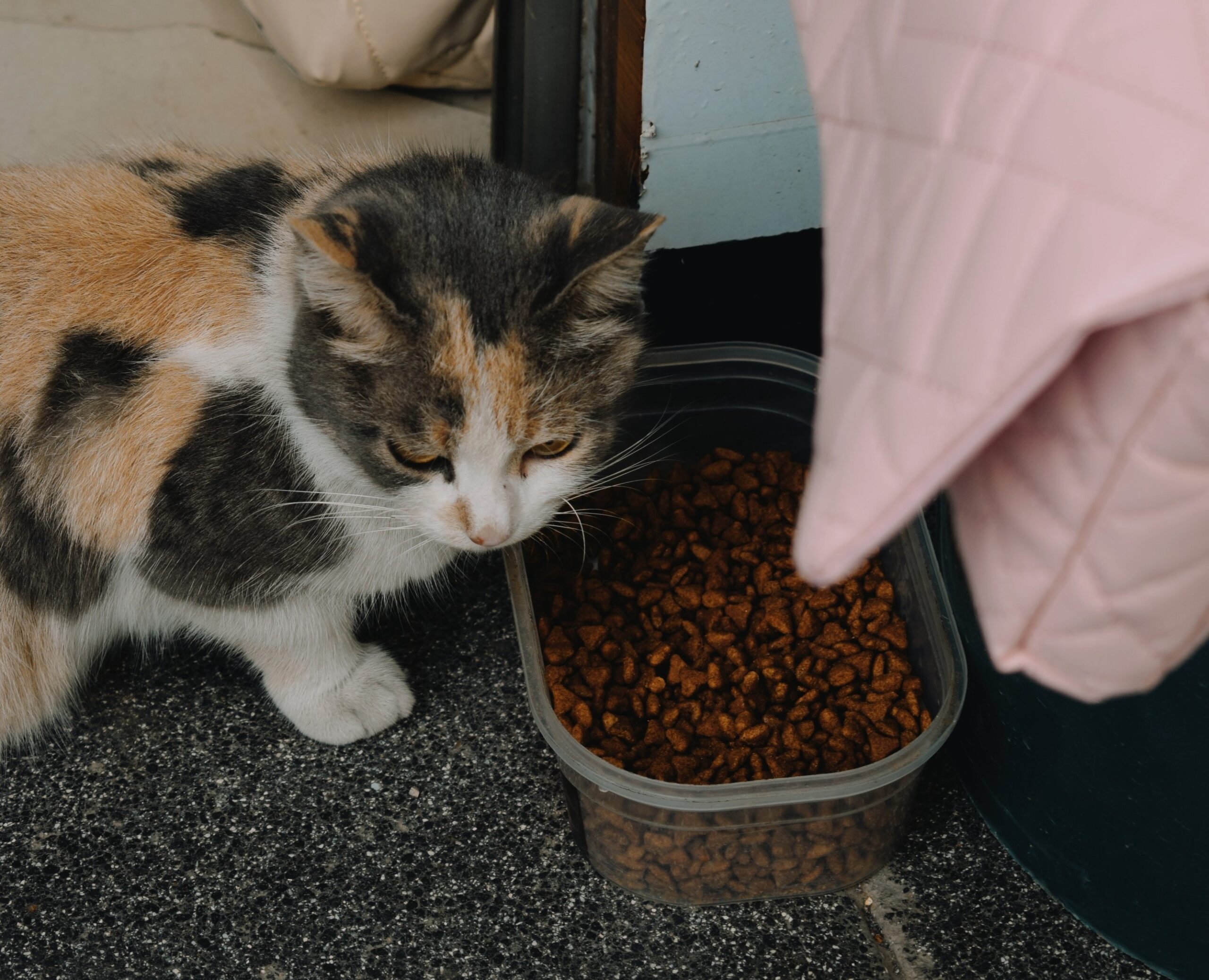Lyme Disease: Causes, Symptoms, and Treatment
Lyme disease is a tick-borne illness caused by the bacterium Borrelia burgdorferi. It is transmitted to humans through the bite of infected black-legged ticks. The disease is named after the town of Lyme, Connecticut, where a cluster of cases was first identified in 1975. Since then, it has become the most common vector-borne disease in the United States, with over 300,000 cases reported annually. It is important for you to be aware of Lyme disease, causes and symptoms of it and treatment of it.
Read on to know the causes, symptoms, and treatment of Lyme disease in core detail.
Causes:
Lyme disease is a tick-borne illness caused by the bacterium Borrelia burgdorferi. This disease is prevalent in regions of the United States, Europe, and Asia where deer ticks are common. The tick becomes infected with the bacteria by feeding on an infected animal, typically a mouse or deer. When the tick then bites a human, it can transmit the bacteria into the person’s bloodstream, leading to Lyme disease.
Several factors increase the risk of contracting Lyme disease, including spending time in wooded or grassy areas, not wearing protective clothing, and not using tick repellent. It is essential to take preventative measures, such as checking for ticks after spending time outdoors and promptly removing any ticks found. Lyme disease can cause a range of symptoms, including a bull’s eye rash, fever, joint pain, and fatigue, and it can be treated with antibiotics. If left untreated, Lyme disease can lead to more severe symptoms, including nerve damage, heart problems, and arthritis. Early diagnosis and treatment are crucial in preventing these complications.
Symptoms:
The symptoms of Lyme disease can vary from person to person and often mimic other illnesses, making it difficult to diagnose. Some common symptoms include a rash at the site of the tick bite, fever, headache, fatigue, muscle and joint pain, and swollen lymph nodes. In some cases, Lyme disease can progress to more severe symptoms such as heart palpitations, facial paralysis, and severe joint pain. If left untreated, Lyme disease can lead to long-term complications such as chronic joint pain and neurological problems. Early detection and treatment are crucial in preventing the spread of the infection and minimizing the risk of serious complications.
Stages and Risks of Lyme Disease:
There are three stages of Lyme disease: early localized, early disseminated, and late disseminated.
- During the early localized stage, symptoms typically appear within one to two weeks of the tick bite and may include a bull’s eye rash at the site of the tick bite, fever, chills, fatigue, headache, and muscle and joint aches.
- In the early disseminated stage, the bacteria have spread throughout the body, and symptoms may include additional rashes on other parts of the body, facial or Bell’s palsy, severe headaches, neck stiffness, heart palpitations, and dizziness.
- In the late disseminated stage, which occurs months to years after the initial tick bite, symptoms may include arthritis, particularly in the knees, cognitive problems, such as memory loss and difficulty concentrating, and numbness or tingling in the hands and feet.
The risks of Lyme disease include spending time in areas where infected ticks are prevalent, such as wooded and grassy areas, and not taking precautions to avoid tick bites, such as wearing protective clothing, using insect repellent, and performing thorough tick checks after spending time outdoors. Early diagnosis and treatment with antibiotics are crucial in preventing the progression of Lyme disease and reducing the risk of long-term complications.
Treatment:
The standard treatment for Lyme disease is a course of antibiotics, such as doxycycline, amoxicillin, or cefuroxime axetil. The length of treatment varies depending on the severity of the infection, but most courses of antibiotics last for two to four weeks. In some cases, patients may experience lingering symptoms after treatment, a condition known as post-treatment Lyme disease syndrome (PTLDS). In such cases, additional treatment and symptom management may be necessary.
Early detection and treatment are essential to prevent the development of severe and long-lasting symptoms associated with Lyme disease.
Prevention:
The best way to prevent Lyme disease is to avoid tick bites. When spending time outdoors in areas where ticks are prevalent, it is recommended to wear long sleeves and pants, use insect repellent with DEET, and stay on cleared paths. It is also important to conduct regular tick checks after spending time outside, paying close attention to the scalp, underarms, and groin areas. If a tick is found, it should be removed immediately with tweezers, pulling it straight out and avoiding twisting or squeezing. Prompt removal of the tick can greatly reduce the risk of contracting Lyme disease.
If symptoms such as fever, rash, and joint pain occur after a tick bite, it is important to seek medical attention and inform the doctor of the tick bite. Early diagnosis and treatment of Lyme disease can help prevent long-term complications.
Conclusion:
Lyme disease is a serious illness that can cause a range of symptoms if left untreated. It is important to take precautions to prevent tick bites, and to seek treatment as soon as possible if you develop any symptoms after being bitten by a tick. By being aware of the risks and taking appropriate measures, you can protect yourself and your loved ones from this potentially debilitating disease.
You May be Interested in…
Vaccines for Exotic Pets: All You Need To Know
Pet Vaccine Storage and Handling: A Guide for Pet Owners
Discover all You Need to Know about Your Pet Health and Wellness









